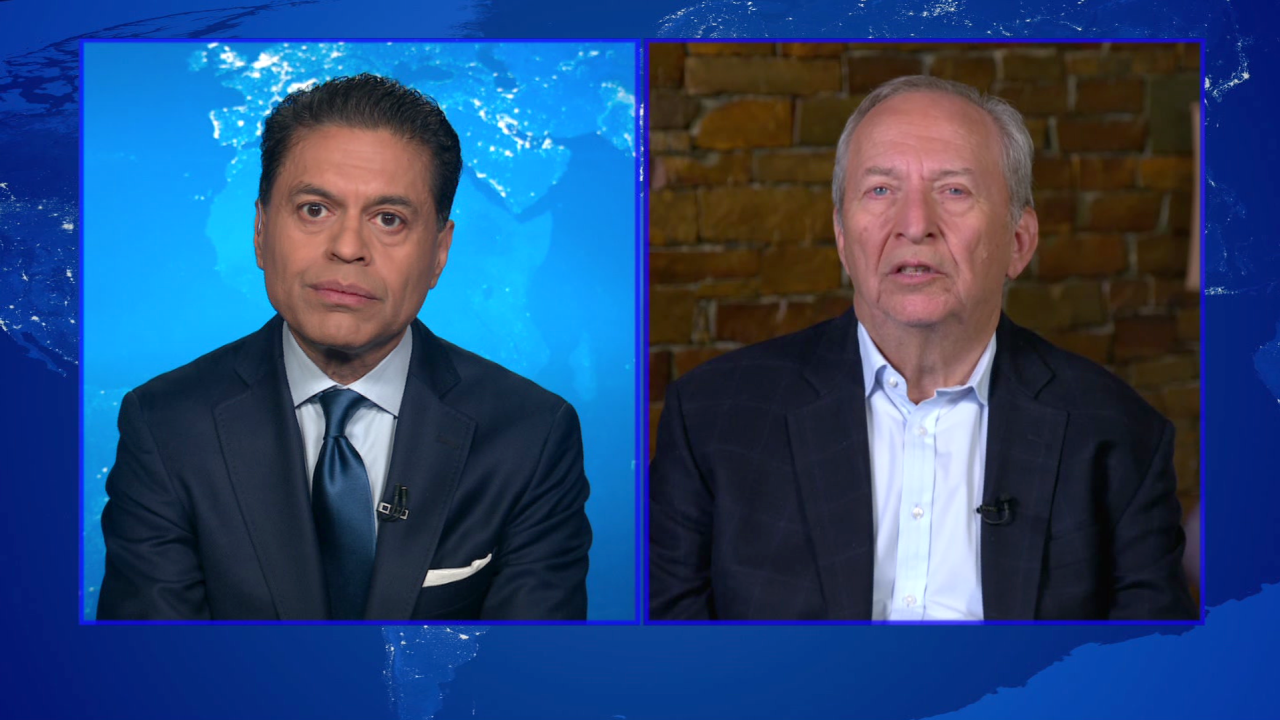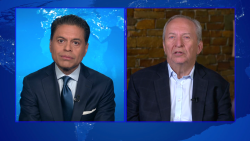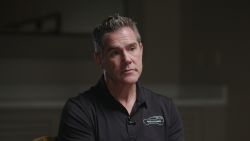A version of this story first appeared in CNN Business’ Before the Bell newsletter. Not a subscriber? You can sign up right here. You can listen to an audio version of the newsletter by clicking the same link.
The labor market ballooned in January when the US economy added an astonishing 517,000 jobs, blowing past Wall Street’s expectations. But at the same time, a slew of corporate layoff announcements have prompted questions about whether there could be a broad slowdown on the horizon.
So what’s going on?
It’s a tech thing: Many of the companies that have recently announced layoffs — like Google, Zoom, Meta, Microsoft, IBM, Intel and Amazon — hired aggressively because of an uptick in demand during the pandemic. But the post-pandemic return to the office means there’s far less need for worker connectivity and online shopping. That’s left these high-value companies overstaffed and out of balance. Now, they have to respond to investor pressure to cut costs. And that means cutting jobs.
In an assessment of fourth-quarter earnings calls, Goldman Sachs economists found that “many firms were pessimistic on the labor market,” though they noted that “a majority of firms are actually discussing the high profile [tech] layoffs themselves but not indicating that their own companies will be laying off or have laid off any workers.”
It makes sense that these so-called “loud layoffs” have a chilling effect on the rest of the market — even though they aren’t actually indicative of bad news for the entire economy.
Still, the finance sector is also having a difficult time. Goldman Sachs CEO David Solomon cut about 3,200 jobs last month and JPMorgan recently laid off hundreds of mortgage employees.
Contagion: Tech and finance layoffs do have a ripple effect, and CEOs expressed that concern during recent earnings calls.
“It’s hard to avoid all the headlines that we’re seeing day in, day out. And it’s fair to say that there have been a number of large names that have announced major layoffs,” said payroll processing firm ADP. “It’s tough to say that… Some of those people making those layoffs are our clients.”
Alaska Air Group noted a smaller number of tech workers and tech companies using their airline. In San Francisco, apartment rents have fallen and tech layoffs have further weakened the housing market.
Manufacturing layoffs: While tech layoffs may not be a leading recession indicator, a decrease in manufacturing hiring could be an ominous sign of things to come.
The ISM manufacturing index declined by more than expected in January, to its lowest level since May 2020. Production, new orders, and employment components all weakened.
In fact, US manufacturing may have already contracted into a recession, said Lisa Shalett, chief investment officer at Morgan Stanley Wealth Management.
And manufacturing is typically where full recessions begin.
“Weak manufacturing order books flash a recession warning, indicating that Fed tightening may be having an effect and unemployment may soon rise, stamping out services momentum,” she said.
What’s next: Investors looking for clarity on a confusing labor market are unlikely to find it in the frequently revised, high-frequency weekly jobless claims data on Thursday.
A recent rise in initial claims underscores that the rehiring rate has fallen, said Liz Ann Sonders, chief investment strategist at Charles Schwab. Most companies haven’t been laying off workers in massive waves, but those who have lost their jobs aren’t easily finding new ones as fast, she added.
Inflation, Subway and Boeing: What investors are digesting today
▸ Inflation surged in January by the most in three months, according to the latest Consumer Price Index, released Tuesday.
But despite the monthly increase of 0.5%, inflation continued to slow on a year-over-year basis to 6.4%, according to the Bureau of Labor Statistics. It’s the seventh consecutive month that annual inflation has declined.
Markets bounced around on Tuesday as investors struggled for direction following the report. Several Fed members gave speeches underscoring that the central bank is committed to fighting inflation — a fact that the market seems to be slowly accepting.
“Today’s data puts a half percent hike back on the table for the March Federal Reserve meeting,” said KPMG chief economist Diane Swonk in a Tuesday tweet.
▸ If you think $5 foot longs are a good deal, I’ve got something even better for you. Subway, one of the world’s most recognizable sandwich brands, is putting itself up for sale.
The 58-year-old company said in a statement Tuesday that its shareholders are “exploring a possible sale” of the company and that it has hired JPMorgan to help conduct the process. Subway warned that there’s “no indication of timing or assurance that a sale will occur” and it doesn’t intend to make any further public comments until the process is finished.
If reached, it would be one of the biggest deals in the fast food industry since Inspire Brands bought Dunkin’ for $11.3 billion in October 2020.
▸ Air India will purchase more than 200 planes from Boeing, President Joe Biden announced Tuesday. It’s the third biggest sale of all time for the aircraft manufacturer. The agreement will include 190 Boeing 737 Max jets, 20 Boeing 787s, and 10 Boeing 777Xs — a total of 220 firm orders valued at a list price of $34 billion.
Boeing’s 2022 revenue came in at $66.6 billion, up $8 billion from the trough in sales in 2020, but far lower from its record 2018 revenue of $101 billion before the grounding of its troubled 737 Max jet. Boeing gets most of its sales revenue once a plane is delivered, and the 777X has yet to be built. The planes in this order are years away from delivery.
Boeing stock closed 1.3% higher on Tuesday.
This is what it sounds like when doves cry
Federal Reserve Vice Chair Lael Brainard submitted her resignation late Tuesday. With the departure of National Economic Council Director Brian Deese, President Joe Biden named Brainard to that position.
That leaves a huge hole at the Federal Reserve, where Brainard plays a large role in shaping policy and managing operations.
That hole is also dove-shaped — Brainard was one of the least hawkish policymakers at the Fed. In the past she had expressed views that were more sympathetic to labor than those of her coworkers, and had appeared more reluctant than others to raise interest rates further and potentially send unemployment higher.
Her departure has the potential to spook Wall Street into believing more painful rate hikes lie ahead.
The good news is that as a crucial economic adviser to Biden, she’ll have the ability to help pick her own successor.

























